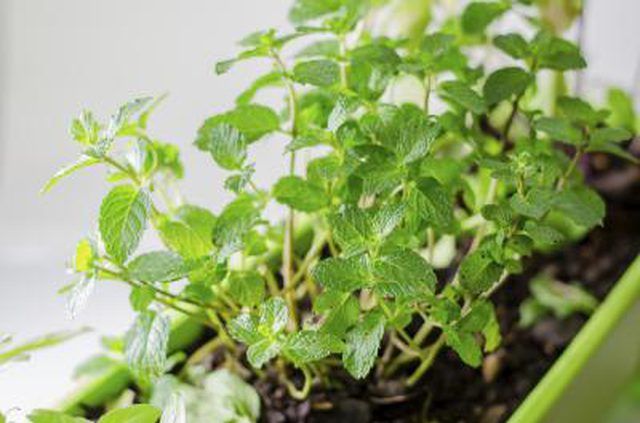Bulbs
Flower Basics
Flower Beds & Specialty Gardens
Flower Garden
Garden Furniture
Garden Gnomes
Garden Seeds
Garden Sheds
Garden Statues
Garden Tools & Supplies
Gardening Basics
Green & Organic
Groundcovers & Vines
Growing Annuals
Growing Basil
Growing Beans
Growing Berries
Growing Blueberries
Growing Cactus
Growing Corn
Growing Cotton
Growing Edibles
Growing Flowers
Growing Garlic
Growing Grapes
Growing Grass
Growing Herbs
Growing Jasmine
Growing Mint
Growing Mushrooms
Orchids
Growing Peanuts
Growing Perennials
Growing Plants
Growing Rosemary
Growing Roses
Growing Strawberries
Growing Sunflowers
Growing Thyme
Growing Tomatoes
Growing Tulips
Growing Vegetables
Herb Basics
Herb Garden
Indoor Growing
Landscaping Basics
Landscaping Patios
Landscaping Plants
Landscaping Shrubs
Landscaping Trees
Landscaping Walks & Pathways
Lawn Basics
Lawn Maintenance
Lawn Mowers
Lawn Ornaments
Lawn Planting
Lawn Tools
Outdoor Growing
Overall Landscape Planning
Pests, Weeds & Problems
Plant Basics
Rock Garden
Rose Garden
Shrubs
Soil
Specialty Gardens
Trees
Vegetable Garden
Yard Maintenance
How to Grow Mint Indoors
How to Grow Mint Indoors. Keep fresh mint (*Mentha spp.*) at your fingertips all year growing in pots on a windowsill, porch or in a sunny room. Mint, which grows in U.S. Department of Agriculture plant hardiness zones 4 through 9, depending on the variety, is available in a variety of fresh, flavorful types. Look for the tried and true standbys...

Keep fresh mint (Mentha spp.) at your fingertips all year growing in pots on a windowsill, porch or in a sunny room. Mint, which grows in U.S. Department of Agriculture plant hardiness zones 4 through 9, depending on the variety, is available in a variety of fresh, flavorful types. Look for the tried and true standbys like peppermint (Mentha ? piperita), hardy in USDA zones 5 through 9, or try one of the exotics like chocolate mint (Mentha ? piperita f. citrata "Chocolate") or lemon mint (Mentha ? piperita f. citrata), both hardy in USDA zones 5 through 9.
Pots, Potting Soil and Drainage
Grow mint in an 8- to 12-inch-diameter pot with at least one hole in the bottom for drainage. Mint is particularly sensitive to wet feet, growing in a soggy environment where water can build up around the roots. Plastic and terra cotta pots both work well and are readily available, as do Metal, wood and glazed clay pots.
Use potting soil mixed with compost and perlite to add nutrients and improve drainage. Mix two parts potting soil with one part each perlite and compost. Clean garden sand and vermiculite both work in place of perlite.
Soil Moisture, Watering and Light
Keep the potting soil consistently moist when growing mint indoors. Watering frequency depends on growing conditions. For example, unglazed clay and wood pots dry out faster than plastic or glazed clay pots, and potting soil dries out faster when it's hot and sunny. Feel the soil and water if it starts to feel dry 1/2 to 1 inch deep. If you use a tray to collect excess water, empty it after every watering.
Grow mint in a spot that gets bright direct light for at least six hours per day. Indoor plants will lean toward the sun. To keep them growing straight, turn pots once a week to expose both sides to the sun.
Fertilizing and Flushing Salt Buildup
Fertilize mint twice a month with a liquid or water-soluble fertilizer. For each plant, use 1/2 a teaspoon diluted in 1 gallon of water. Soak the soil until it is saturated through to the bottom with the diluted fertilizer. After potting up a new mint plant, wait three weeks before you begin fertilizing regularly.
Over time salts from water and fertilizer can build up in the soil, potentially damaging mint plants. If this starts to happen, you'll notice white deposits on top of the potting soil. Flush salt out of the potting soil by moving the container outdoors or to a sink or tub, then running 8 to 10 gallons of water (for an 8- to 12-inch-diameter pot) through the soil, allowing it to drain freely from the holes in the bottom. Repeat monthly.
General Health an Managing Mint Rust
Although generally hardy, occasionally mint succumbs to diseases, particularly mint rust. Keep plants healthy by avoiding overfertilizing -- which can stress plants -- and watering the soil without getting leaves wet. If rust does develop -- characterized first by rust-orange colored spots on stems and leaves -- get rid of those plants. Once advanced, mint rust causes leaves to turn black and die. Sanitize containers by scrubbing them with household disinfectant and adding new potting soil before replanting fresh mint plants.
Air circulation is important indoors. Keep pots in an open screened-in porch or near open windows. Alternately, set up a fan on low near the plants.